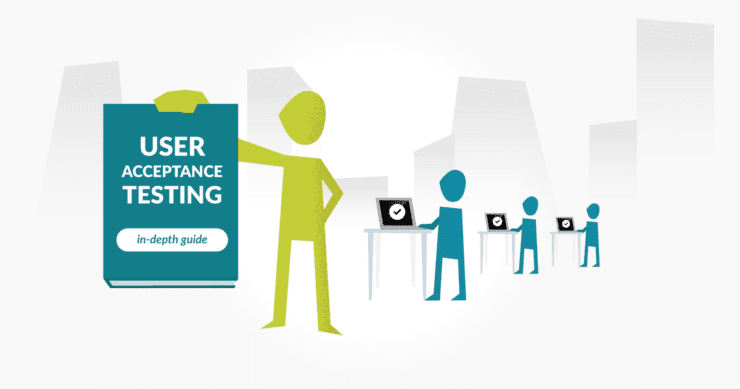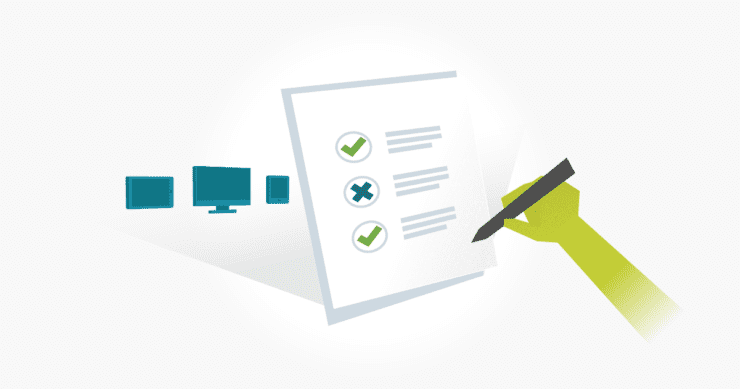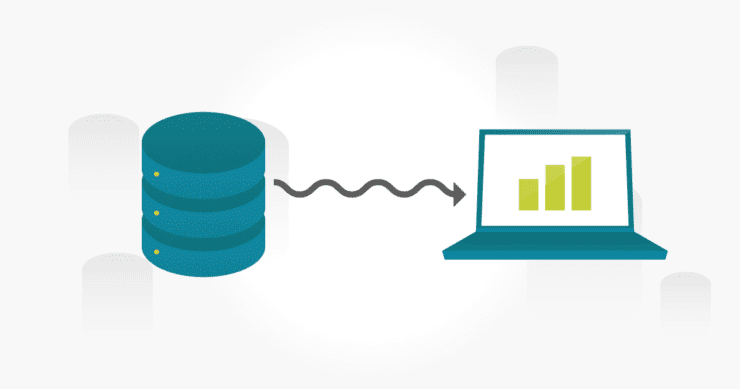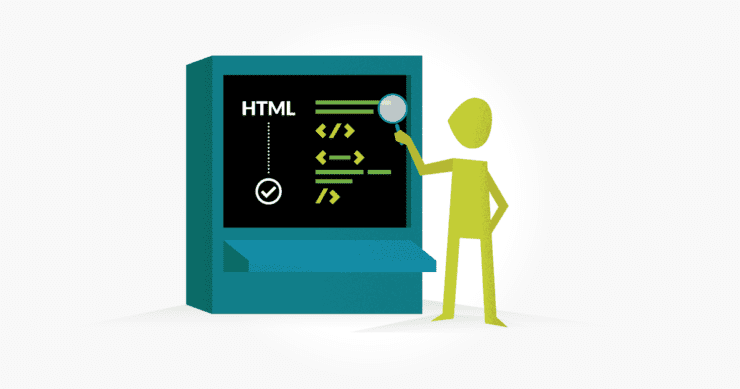Our 'Types of Software Testing' articles
What is Smoke Testing?

Ahead of the full testing cycle, smoke testing ensures all the main functionality works properly before more thorough testing can commence.
What is User Acceptance Testing? An In-Depth Guide

User Acceptance Testing (UAT) is performed after making changes to the system to ensure the addition and system work together as intended.
Sanity Testing: What is it and how is it used?

What are our options when there’s not enough time for testing? Find out in this post how Sanity Testing can help, and how to avoid pitfalls.
What is Exploratory Testing? – A Complete Guide

What is exploratory testing? It’s scriptless testing that checks a system to find sections that may have been missed by written test cases.
What is Functional Testing? – A full guide

Functional testing is a kind of black box testing used for confirming that an application or system’s functionality behaves as expected.
What is Non-Functional Testing? – All you need to know

What is non-functional testing? It’s a test method for ensuring a system delivers on user expectations, such as does it load fast enough?
ETL Testing; What is it and When is it Used?

ETL testing is used for assessing the integrity and consistency of data held in data warehouses, which are useful assets for decision-making.
Compatibility Testing – An Introduction

For applications to work smoothly across various platforms they must be compatible. Here we discuss the importance of compatibility testing.
Destructive Testing – How to Tear Apart a System

Software can crash when users do something designers didn't anticipate. Destructive testing aims to break a system to learn from the results.
HTML Validation Testing: An Introduction plus Tools & Tips

HTML validation testing checks code syntax to ensure web pages appear and behave as intended. This post lists some useful tools and tips.


